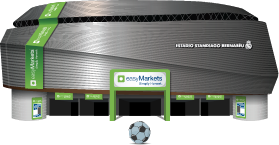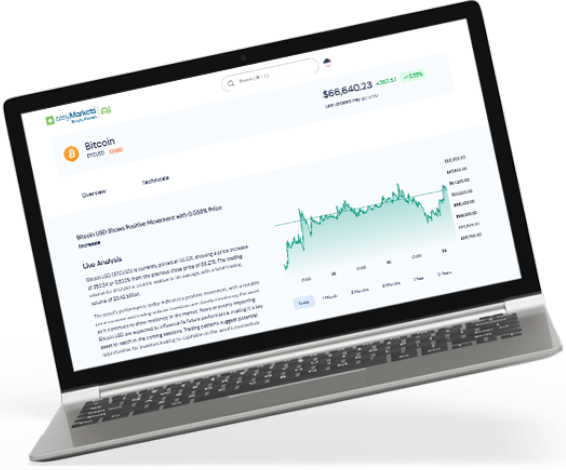Tesla´s Robotaxi Gamble

Published on 29.07.2025
Elon Musk’s vision of making Tesla a pioneer in autonomous vehicles goes far beyond manufacturing electric vehicles. His ambition is centred on a fully autonomous fleet of Robotaxis that operate without human intervention, generating passive income for Tesla car owners. The Robotaxi network allows users to register their cars on Tesla’s autonomous ride-hailing platform, allowing them to generate income and put their vehicle to “work” when not in use.
The initiative was first deployed in Austin, Texas, in June 2025, marking the beginning of a nationwide Robotaxi network. However, the vehicles’ autonomy remains limited. Tesla markets its cars as having Full Self-Driving (FSD) capabilities, but in practice, they operate at Level 2 or 3 autonomy according to Society of Automotive Engineers (SAE) standards. This means that while the system can control the vehicle, it still requires constant human supervision. Therefore, the promise of true autonomy—Level 4 or higher—remains out of reach. . The continued need for a ‘safety monitor’ in the front seat directly undermines the idea of full self-driving.
Early Stumbles: Incidents on Public Roads
Just weeks after launch, early operational incidents began raising concerns. Vehicles displayed erratic behaviour: unnecessary braking, turning onto wrong streets, blocking pedestrian zones, and making abrupt manoeuvres at intersections. Some users reported that Robotaxis parked in disabled spots or failed to respond to critical traffic signals.
While such errors are expected in early phases, they have revealed a weakness that could prove costly. So far, Tesla has avoided legal repercussions in many cases by arguing that its vehicles still require driver supervision — placing part of the accountability on the user. However, that argument becomes harder to uphold defence if the car operates autonomously as a public service.
According to Forbes, in the context of the Robotaxi network , any incident could result in direct legal consequences for Tesla, as the company would assume full civil liability as the operator of the technology. This not only raises the risk of large-scale lawsuits but also increases costs related to insurance and regulatory compliance.
Tesla’s Business Model: Promise vs. Reality
Tesla has opted for a camera-only system for autonomous driving, rejecting the use of high-precision sensors or radars. Musk argues that humans drive using only vision, so replicating this through a neural network is more efficient. This decision has reduced hardware costs and allowed for faster scalability. However, it also raises doubts about system accuracy in low-visibility conditions or complex urban environments.
In contrast, companies like Waymo have built their tech on a multi-layered system of sensors, detailed 3D maps, and predefined routes. While this limits their speed of expansion, it has allowed them to achieve greater reliability and a significantly lower accident rate. Cruise, a General Motors subsidiary, also entered the autonomous mobility space but shut down operations following a series of incidents, vehicle recalls, and unsustainable financial pressures.
This comparison highlights a key point: autonomous driving success depends not only on technological innovation but also on sound business strategy. Tesla has chosen the riskiest and, for now, potentially more vulnerable operational model.
Regulatory Barriers and Public Perception
The U.S. legal framework for autonomous vehicles is complex. Each state has its own requirements, and in places like California, Tesla has yet to fully meet the necessary permits. The company has faced criticism for operating without proper approvals or for failing to disclose incidents to authorities. Some political voices even accuse Tesla of ignoring regulatory processes.
Socially, the initial excitement is beginning to fade. Viral videos of awkward manoeuvres, frustrated passenger testimonials, and media reports of technical failures have contributed to growing scepticism. While some consumers remain fascinated by the futuristic idea of driverless cars, others fear being guinea pigs for early-stage technology.
A More Complex Reality Than Expected
Tesla plans to launch the Cybercab in 2026—a new vehicle designed from scratch for shared autonomous transport. The company promises a steering-wheel-free, pedal-less interface accessible via an Uber-style app. But the challenge extends far beyond the car’s design. The real test lies in building a reliable, legally compliant, and earns public trust.
The balance between aggressive innovation and regulatory compliance appears to be Tesla’s current weak point. Musk’s vision remains compelling, but every operational setback and legal challenge reinforces the notion that the path to full autonomy is long — and every wrong turn could cost millions, credibility, and years of progress.





































